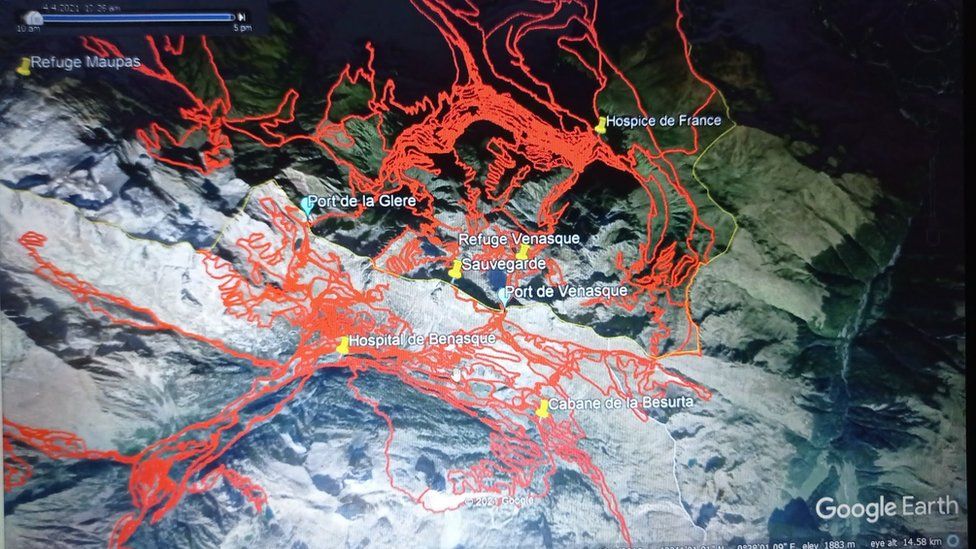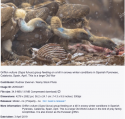Disparition d’Esther Dingley : "Il faut aussi de la chance pour retrouver la personne"
Disappearance of Esther Dingley: "You need some luck to find the person"
Patrick Lagleize, a young retiree and president of the Luchon mountain office and president of the Compagnie des Guides des Pyrénées, spent his entire career in the high mountain police squad, the PGHM. He knows the Port de la Glère well. He carried out several interventions there during his career as a rescuer, even if today he doesn't frequent it much.
Is this the end of the story of this disappearance?
We have to be careful and wait for the results of the DNA analysis. Having said that, I would like to point out, as a former rescuer, that in France we have the best mountain rescuers.
The people of Luchon have invested a lot in the search since the announcement of Esther's disappearance last November. When there is a disappearance in the mountains and the victim is not found, it is because we have not been able to find a coherent route. You also have to rely on luck to find the person, often several months or even years later. For Esther, the area was inspected many times.
Does the location seem logical in relation to her itinerary?
The Port de la Glère was probably the gateway for her to return to Spain. A "Port" in the Pyrenees is a passage. She may have wanted to go that way when she saw the path from the Port du Vénasque...
She may have crossed by the ridges, it's difficult to say, or she may have taken the wrong path... But what I notice is that we can't find the victims in the mountains if we don't understand the logic of their progress. I am thinking of the disappearance of Gatien Loison. The guy was a seasoned hiker, a real strong man, but he didn't practice mountaineering. He fell while trying to go climbing. There was no logic to it. Hence the difficulty in finding him. Afterwards, unfortunately, you have to rely on luck. For Gatien, this happened to be a hiker who got lost, found some bones and raised the alert.
In this case, I think it was animals that transported the remains, which we think were human. But in my opinion, Esther didn't fall very far from there.
Do you know the place?
Yes, I did some rescues there when I was with the PGHM. Once, we had to recover people who had got lost. They were stuck on a rocky bar. If they had moved a few centimetres, it would have been very serious. We were also called to another person who had fallen. There, the outcome was much less favourable. The port de la Glère, at an altitude of around 2,200 metres, is a well-known place for hikers.
You can lose your way and slip on the loose scree. I don't go there too much these days because I tend to climb with my clients and it's not a place for that.
That Esther fell down there, according to logic, is unfortunately quite plausible.
BBM



